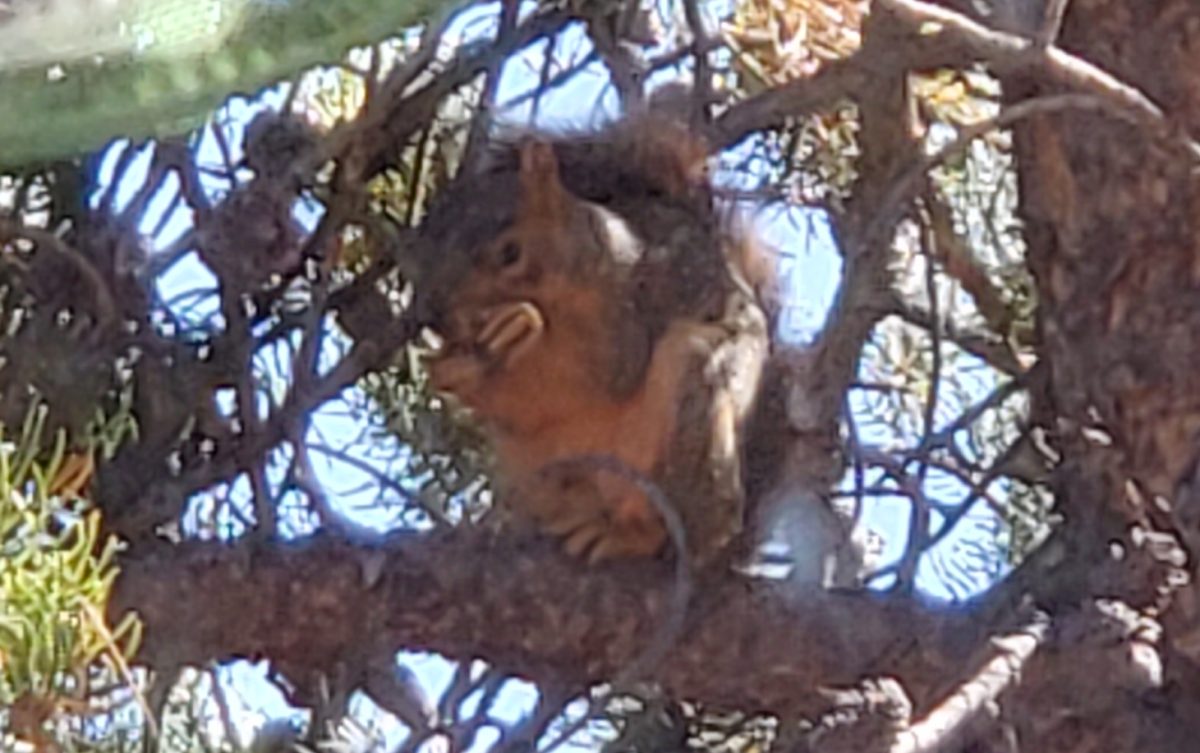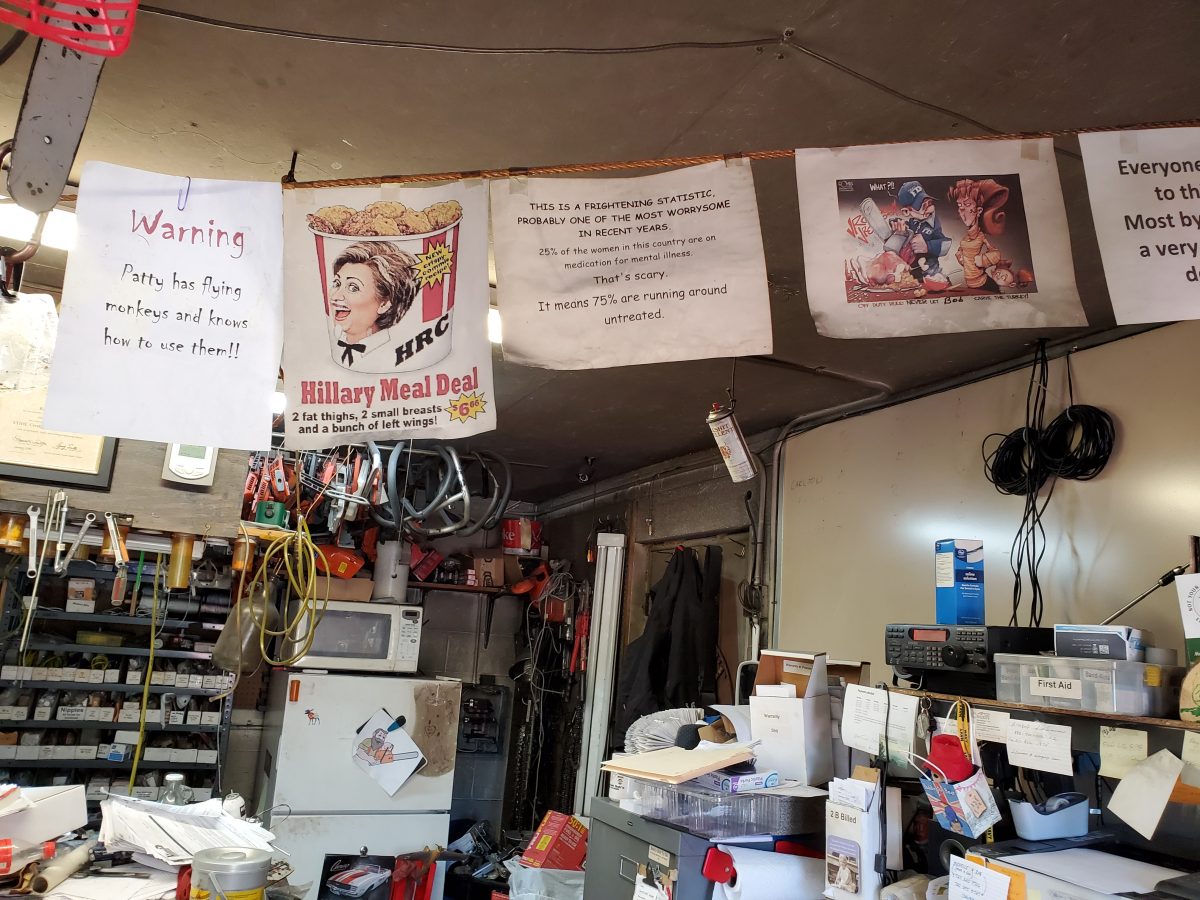Samain and the Fallow Moon
Went to the bagel table yesterday morning. Torah study with Rabbi Jamie. Always fun and deep. Added bonus. I got to see how he does it. It’s been awhile and I wanted to learn from his approach before Alan and I do our bagel table on November 23rd.
I told Jamie afterward, this is so different from how I was taught. And, it is. My training came from the higher criticism movement which began in 19th century Germany. It came into being over against lower criticism which used the Bible as its source of scholarship for interpretation.
If you’re familiar with the idea of proof texting, that is, using a verse or two out of context to buttress a theological argument, then you know how lower criticism proceeds. It was, in many ways, similar to the scholarship style of the medieval scholastics. The scholastics used other written texts to “prove” their arguments, rather than looking for evidence outside others thoughts.
When Francis Bacon introduced the ideas that lead to the scientific method, he changed the world of scholarship forever. Historians had to look at documents and artifacts from the time periods they were studying rather than taking Herodotus, or Tacitus, or the Bible literally at their words. Scientists looked to nature and experimentation rather than Ptolemy or alchemy. Of course the old texts were useful still, just not in the way they had been.
Higher criticism followed in that vein. No longer was the Bible seen as the inspired word of God to be revered and understood as written. That attitude is not too different from the so-called “originalist” camp in interpretation of the Constitution.
The same methods, critical methods, used by literary scholars and scientists were brought to bear on scripture. The howls of blasphemy and apostasy started then and in some conservative theological circles have never softened.
Here are the questions of higher criticism. What did the text likely mean to the author? Here’s a heretical idea. Multiple authors for not only books of the bible but even multiple authors within books. Example: the documentary hypothesis for Genesis. JEDP. The Yahwist. The Elohist. (two names for God) The Deutronomic historian. The Priestly writers. The two stories of the creation of humans, which differ significantly, are the products of two different authors.
Redaction criticism took seriously this literary criticism, but noted that somebody had to put all of those fragments together in their current form. The redactors or editors. What does it mean that the redactors of Genesis chose to put both stories in with no commentary about why?
Tradition criticism looks for evidence of rituals, cultural understandings that show how texts evolved from oral tradition into written text. Other schools of criticism look at the manuscripts of biblical books, which one is the most ancient, the closest to the source texts, and the reception that various texts have received, both within the Bible and outside it.
All of this work comes under the heading of exegesis: “a systematic process by which a person arrives at a reasonable and coherent sense of the meaning and message of a biblical passage.” Theopedia (I like this definition, but not the site.) In my training the exegetical work preceded and informed the hermeneutical task, taking that meaning and message into the contemporary context, most commonly in a sermon.
I didn’t understand until yesterday the reason Rabbi Jamie’s Torah study is so different from my training. The Christian exegete looks for the meaning, the message of a biblical passage, then propounds it. The way Rabbi Jamie does Torah study is at one and the same time more conservative and more radical than higher criticism.
It is more conservative in that it relies on the Talmud, the Midrash, the history of rabbinic interpretation of both the texts themselves and what lies within the gaps. What was Abraham like before he appears in Genesis, already seventy-five years old? Why did Sarah die after Abraham took Isaac off for sacrifice? In that sense it’s reliance on the text as written is more like lower criticism. There’s a lot of proof-texting in the Talmud.
It’s more radical in that insists on multiple interpretations of the same text, allowing, to misuse Mao, a hundred meanings to bloom. This is the crux of the difference between my training and Rabbi Jamie’s method. As the definition of exegesis implies, biblical interpreters used higher critical methods to discover the text’s meaning and therefore its message for today. The meaning. Of course there were different conclusions using the same data, just as in the Midrash, but there lurked in the background always that there was one true meaning if only it could be found.
In the Jewish tradition Rabbi Jamie follows there is no one meaning. In fact several meanings can be uncovered through the imaginative application of many unusual tools. Like gematria. The numerology of Hebrew letters. Like imagining God asking Moses to inform Aaron of his imminent death. When you add in kabbalistic interpretations, the Torah becomes a polyvalent text. Not one you can do anything you want with, but not one you can say anything definitive about either.
Right now I’m appreciating the Jewish tradition of biblical interpretation. It’s more open-ended, more down to earth often, more immediately applicable to daily life. I also appreciate higher criticism, an approach that has now gone well beyond biblical texts into texts of any kind. Can be used, for example, in challenging the “originalists” on the Supreme Court.
On November 23rd, when Alan and I do Chayei Sarah: Genesis 23:1-Genesis 25:18, I’m going to try to stay in the Jewish traditional lane. Will not be easy for me because I don’t have the encyclopedic knowledge of Hebrew and the Midrash that Jamie does. Zornberg’s commentary on the parsha in her book on Genesis, The Beginning of Desire, is giving me a lot of help. There are other resources. We’ll see how much time I have to use them.









